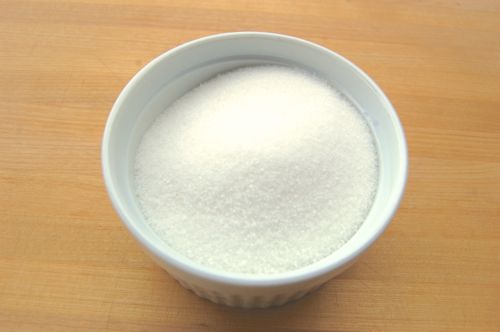Table Sugar

What can I say? It’s the standard in much of the world. A medium-small crystal size (about 0.5 millimeters), this sugar is made from very pure (over 99%) sucrose so as to be free of non-sucrose flavors or colors. White table sugar can be made from sugarcane or beets, with cane sugar being preferred for baking and especially candy making. Vegan versions are made the same way as standard, save for the fact that they aren’t passed through charcoal filters, which contain bone meal. See below for more about how standard table sugar is made.
READ ON